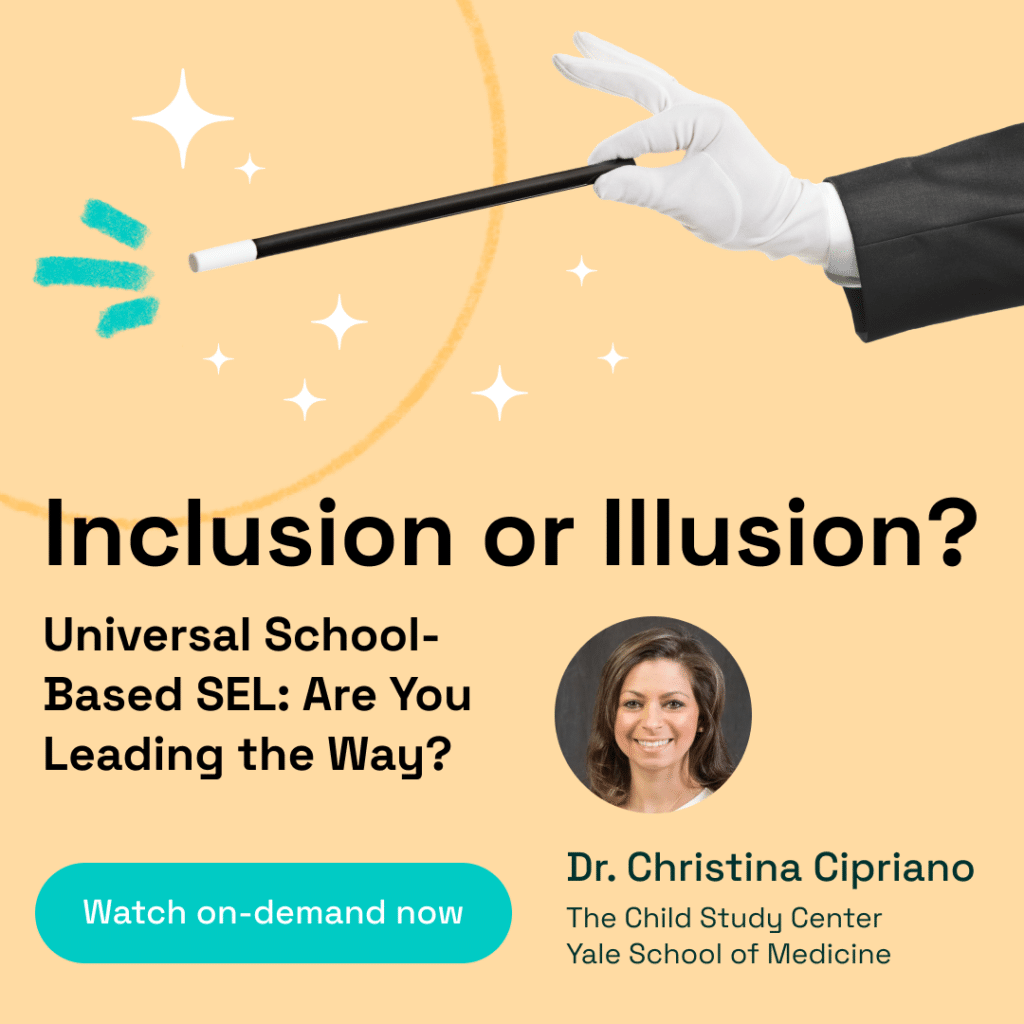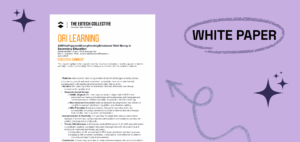Are your students struggling to stay engaged or respectful during class? Let’s change that. Fostering positive classroom behaviors isn’t just a nice-to-have; it’s a necessity for a thriving educational environment. Imagine a classroom where students actively participate, communicate respectfully, and collaborate effortlessly. This article will outline 10 actionable positive behaviors that can transform your classroom into a space where both teachers and students excel. Get ready to see how simple behavioral shifts can make a significant impact on the overall learning experience.
Understanding Positive Classroom Behaviors
Positive classroom behaviors are essential for creating a conducive learning environment. These behaviors help establish a setting where both teaching and learning can thrive. When students exhibit positive behaviors, such as active participation and respectful communication, they contribute to an atmosphere that supports mutual respect and academic success.
Examples of positive classroom behaviors include:
- Active participation in class discussions and activities
- Respectful communication with peers and teachers
- Collaboration on group projects and assignments
- Consistent completion of homework and assignments on time
- Adhering to classroom rules and guidelines
- Demonstrating empathy and support for fellow students
The impact of these behaviors on the learning environment is significant. Good student behavior allows teachers to focus more on instruction rather than discipline, leading to more effective teaching. Students benefit from a supportive and inclusive classroom atmosphere where they feel safe and respected. Real-life case studies have shown that emphasizing positive behaviors can lead to noticeable improvements in overall student conduct. This creates a ripple effect, fostering a thriving educational environment for all.
Promote Positive Classroom Behaviors With Ori’s Emotional Well-Being Curriculum
Strategies for Promoting Positive Classroom Behaviors
To promote positive classroom behaviors, educators usually start at establishing classroom routines. Consistency in these routines helps students understand what is expected of them, reducing uncertainty and creating a stable learning environment. When students know the daily procedures and what behaviors are expected, they are more likely to meet those expectations, leading to a more orderly and productive classroom.
Positive reinforcement techniques are another crucial strategy for encouraging good behavior. By recognizing and rewarding positive actions, teachers can motivate students to continue exhibiting those behaviors. Techniques such as verbal praise, stickers, points, and small prizes can be effective. For example, praising a student for completing their homework on time or rewarding a group for working collaboratively can reinforce these behaviors. Consistent positive reinforcement helps students understand that their actions are valued and appreciated, leading to long-term behavior changes.
Visual aids like charts and infographics can reinforce routines and expectations. Displaying classroom rules, daily schedules, and behavior expectations visually helps students remember and adhere to them. These aids serve as constant reminders and can be particularly helpful for visual learners. By using visual aids, teachers can create a structured and supportive environment that encourages students to engage in positive behaviors consistently.
- Understanding Equitable SEL: Discover what equitable and inclusive SEL really means and why it matters.
- Expert Insights: Learn from Dr. Christina Cipriano, a preeminent expert with extensive research in SEL, about effective strategies.
- Actionable Steps: Gain knowledge about immediate actions to ensure your SEL programs are inclusive and beneficial to every student.
- Innovative Approaches: Explore skills-based, justice-focused, and adult SEL strategies that can transform your school or district.


Class Rules for Positive Classroom Behavior
Clear and consistent rules are another tool often used by educators for helping students understand what is expected of them in the classroom. When rules are clearly communicated and consistently enforced, it creates a stable environment where students feel secure and know the boundaries. This predictability allows students to focus more on their learning and less on navigating behavioral expectations.
Effective classroom rules include:
- Respect others: Listen when someone else is speaking and use polite language.
- Participate actively: Engage in class discussions and activities.
- Follow directions: Adhere to teacher instructions promptly and accurately.
- Complete assignments: Turn in homework and projects on time.
Keep the classroom orderly: Clean up after yourself and respect classroom property.
Involving students in the creation of classroom rules can significantly increase their commitment to following them. When students have a say in what the rules are, they are more likely to understand and adhere to them. This collaborative process fosters a sense of ownership and responsibility among students, making them more invested in maintaining a positive classroom environment. Engaging students in rule-making also provides an opportunity to discuss the reasons behind each rule, further reinforcing the importance of positive behaviors and mutual respect.
Positive Reinforcement Techniques
Positive reinforcement is crucial for encouraging good behavior in the classroom. By acknowledging and rewarding positive actions, teachers can create a supportive environment where students feel motivated to continue exhibiting those behaviors. This not only enhances the immediate classroom atmosphere but also contributes to the development of long-term positive habits.
There are several effective techniques for reinforcing positive behavior. Verbal praise is one of the simplest and most impactful methods. Recognizing a student’s good behavior in front of their peers can boost their confidence and encourage others to follow suit. Sticker charts are another popular tool, where students earn stickers for positive actions, which can later be exchanged for a larger reward. Point systems work similarly, allowing students to accumulate points that can be traded for privileges or small prizes. Group rewards foster teamwork and collaboration by offering incentives for collective positive behavior. Finally, providing small tangible rewards, such as pencils or erasers, can serve as a concrete acknowledgment of a student’s effort and good conduct.
Examples of positive reinforcement include:
- Verbal Praise: Commending students for their actions in front of the class.
- Sticker Charts: Awarding stickers for good behavior that can be accumulated for a larger reward.
- Point Systems: Assigning points for positive behaviors which can be exchanged for privileges or small prizes.
- Group Rewards: Encouraging teamwork by rewarding groups for their collective positive behavior.
- Tangible Rewards: Providing small items like pencils or erasers as recognition for good behavior.
Consistent positive reinforcement can lead to long-term behavior changes. When students regularly receive positive feedback and rewards for their actions, they are more likely to internalize these behaviors and continue them even without external incentives. Real-life case studies have demonstrated that consistent positive reinforcement can significantly improve overall student behavior, creating a more conducive and thriving learning environment.
Building a Supportive Classroom Environment
An inclusive environment often leads to reduced behavioral issues and promoting mutual respect among students. When students feel valued and included, they are more likely to engage positively with their peers and teachers. This sense of belonging fosters a supportive classroom atmosphere where learning can flourish.
Strategies for creating a supportive environment include:
- Building Strong Relationships: Take time to get to know each student individually and show genuine interest in their well-being.
- Setting Clear Expectations: Clearly communicate the behaviors expected in the classroom and consistently enforce them.
- Encouraging Collaboration: Promote group activities that require students to work together, fostering teamwork and mutual respect.
- Providing Emotional Support: Be attentive to the emotional needs of students and offer support when needed.
Modeling positive behaviors is essential for creating a thriving classroom environment. When teachers demonstrate the behaviors they expect from their students, it sets a clear standard and encourages students to follow suit. For instance, showing respect, actively listening, and displaying empathy can significantly influence how students interact with each other. This approach not only helps in managing classroom behavior but also instills important social skills that students carry beyond the classroom. By fostering a culture of respect and inclusion, teachers can create a positive and supportive learning environment that benefits all students.
Role of Positive Teacher Behaviors in the Classroom
Teachers play a significant role in promoting positive behaviors within the classroom. By demonstrating clear communication, consistency, and emotional support, teachers can create an environment that fosters trust and respect. These positive teacher behaviors not only set a standard for students to follow but also significantly influence the overall classroom dynamics.
Examples of positive teacher behaviors include:
- Clear Communication: Explicitly stating expectations and providing constructive feedback.
- Consistency: Enforcing rules and expectations fairly and regularly.
Emotional Support: Showing empathy and understanding towards students’ individual needs and challenges.
Effective teacher-student communication is instrumental in fostering a positive classroom environment. When teachers communicate clearly and consistently, students understand what is expected of them and are more likely to adhere to classroom rules. Moreover, emotional support from teachers helps students feel valued and understood, which can enhance their motivation and engagement. Real-life examples have shown that teachers who model positive behaviors, such as active listening and respectful interactions, see notable improvements in student conduct. This approach not only improves classroom behavior but also builds a foundation of mutual respect and trust, essential for a thriving learning environment.
Next Steps
Encouraging positive classroom behaviors is essential for fostering a conducive learning environment. The discussed strategies, from establishing clear routines to engaging students in rule creation, form a solid foundation for improving student conduct. Promoting positive reinforcement and building a supportive atmosphere further enhance this foundation.
Teachers play a critical role in this process. By modeling good behavior and maintaining effective communication, they can significantly influence their students’ actions. Implement these strategies to see improvements in both student behavior and overall classroom dynamics. Emphasizing positive classroom behaviors leads to a more inclusive, respectful, and productive educational experience for everyone.
More on Positive Classroom Behaviors
Positive behavior in the classroom refers to actions that promote respect, learning, and collaboration. Examples include listening attentively, following directions, and showing kindness to peers.
Positive classroom behaviors include active participation, respectful communication, and teamwork. They help create a supportive and focused learning environment.
Examples of positive behavior supports include praise for good behavior, reward systems like stickers or points, and creating an inclusive classroom environment. These strategies reinforce positive actions and improve overall behavior.




